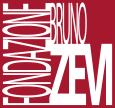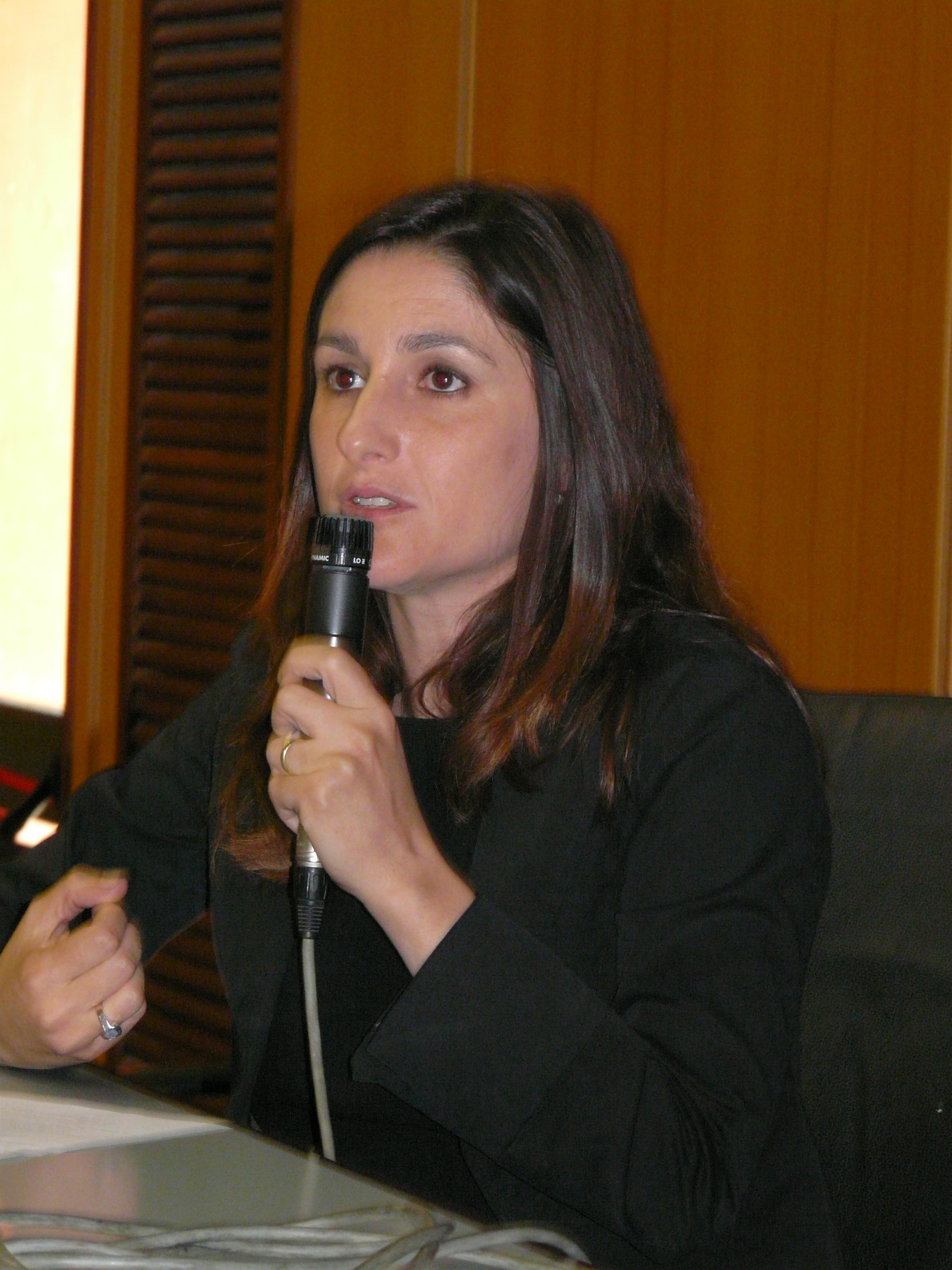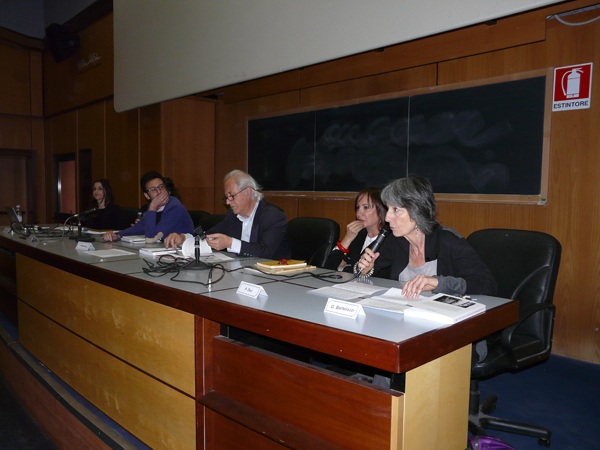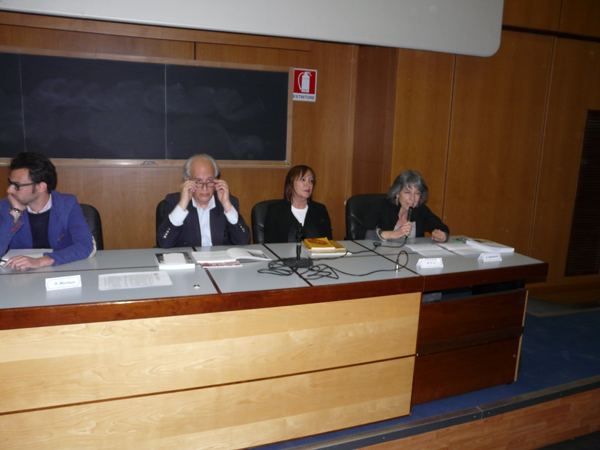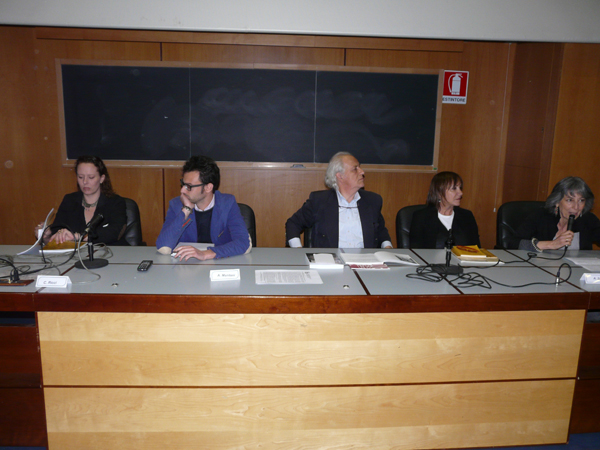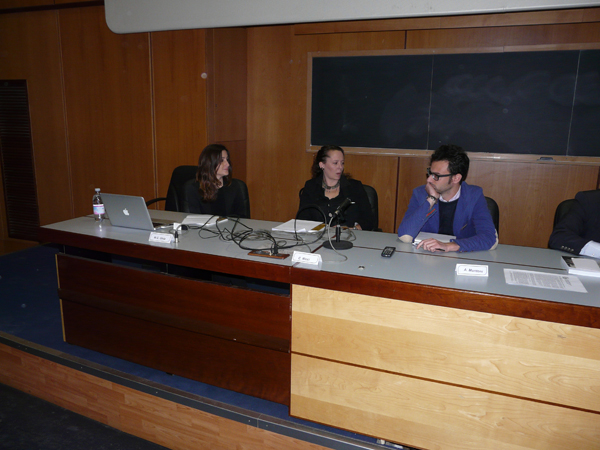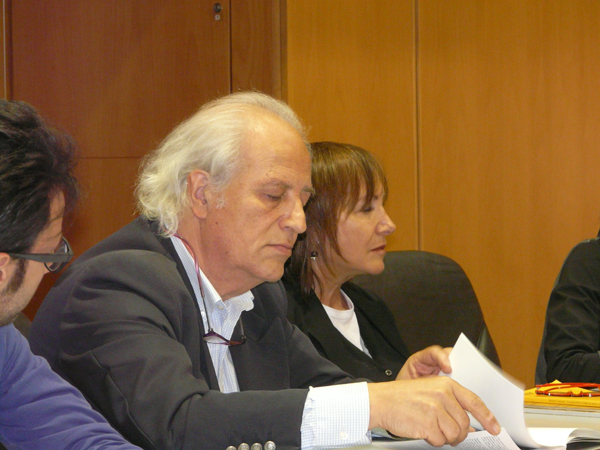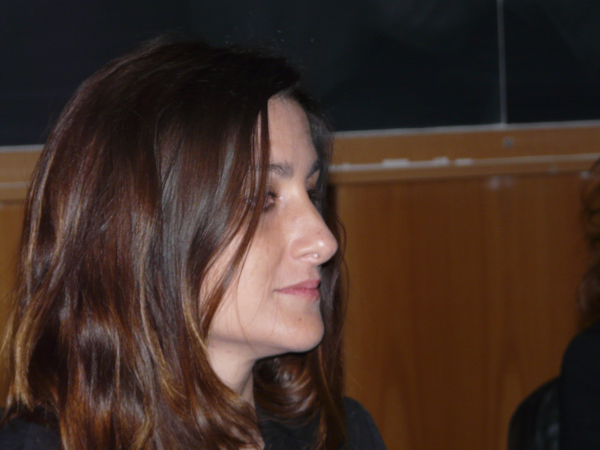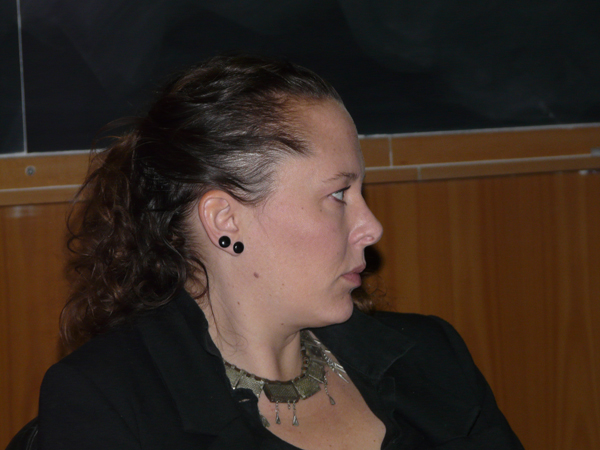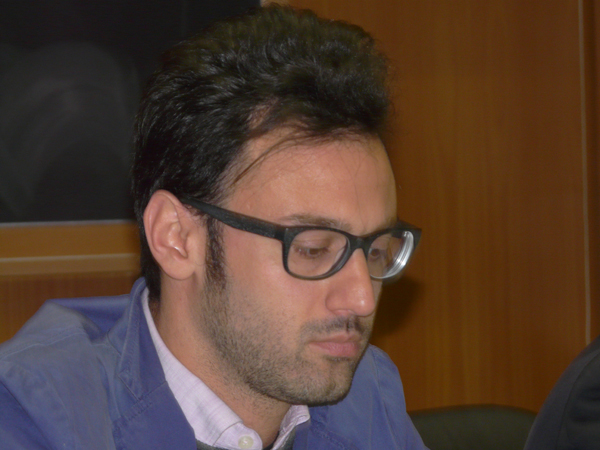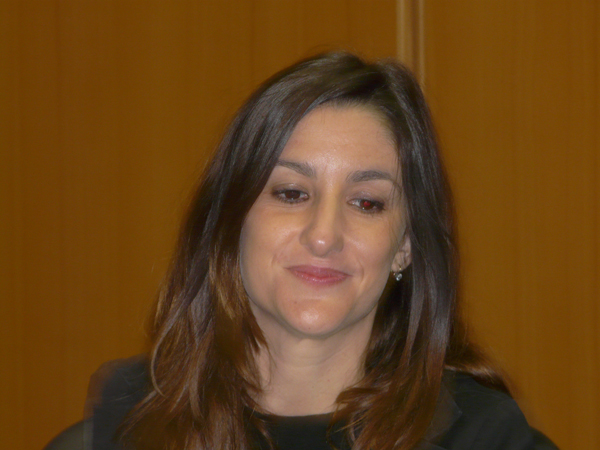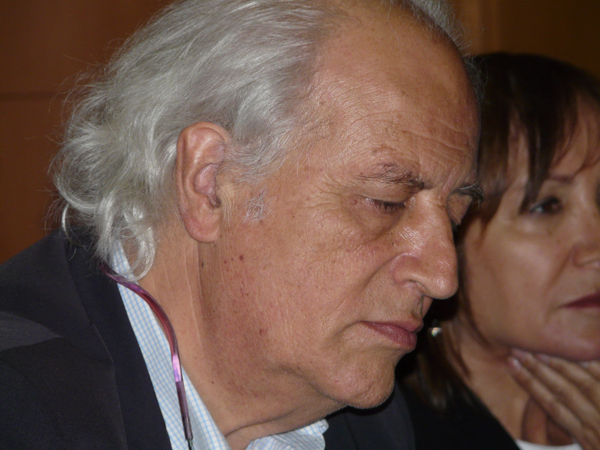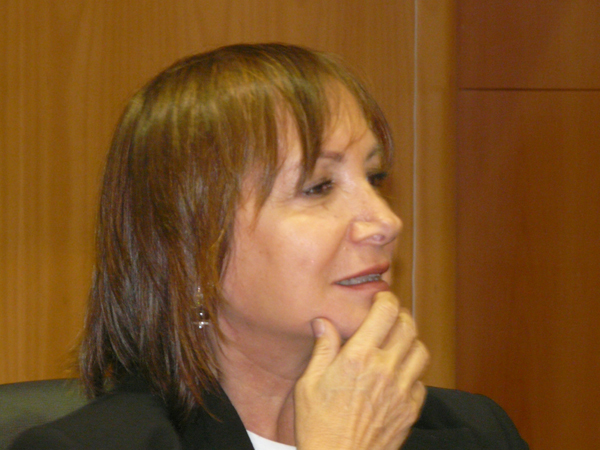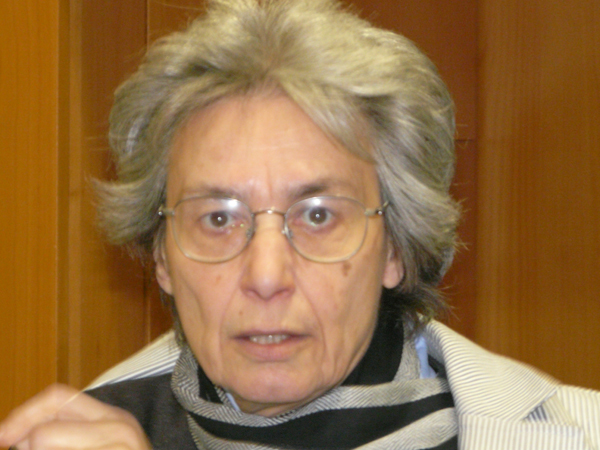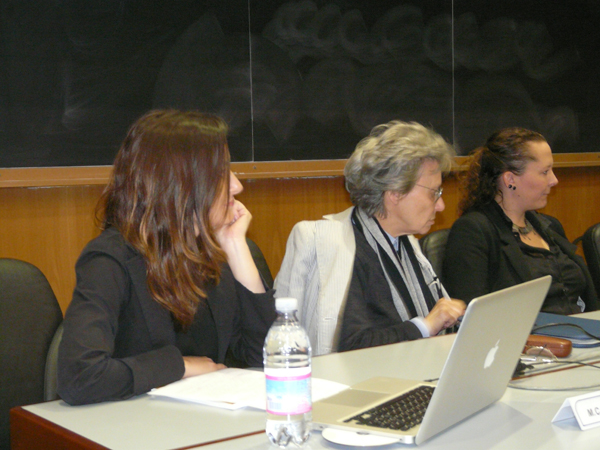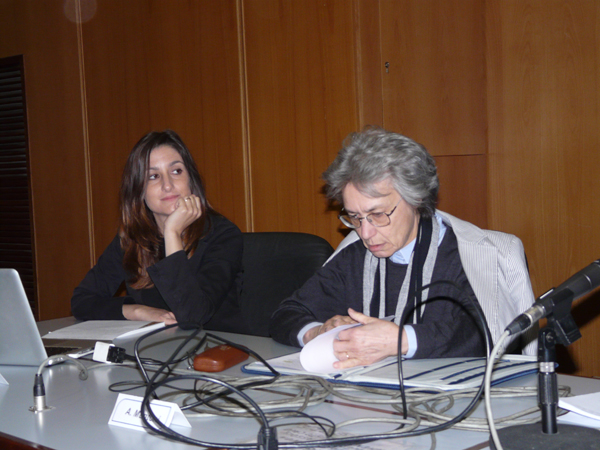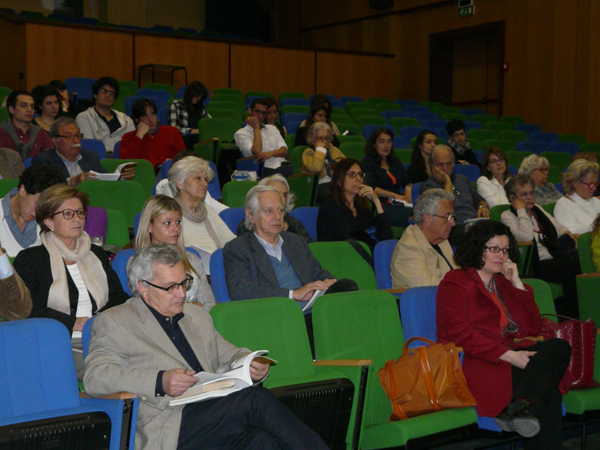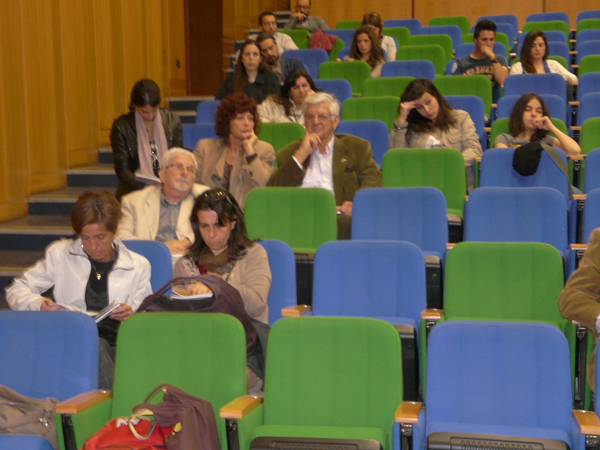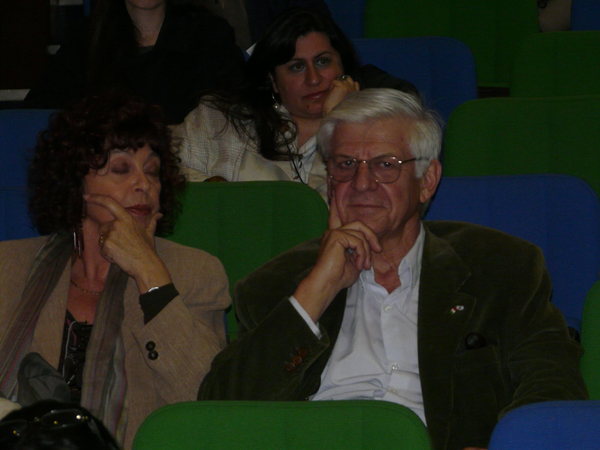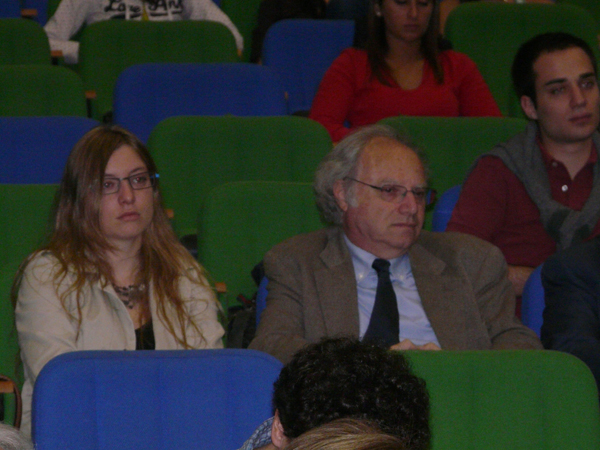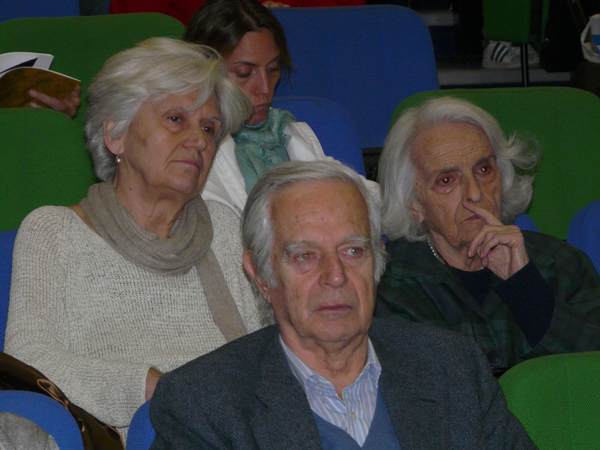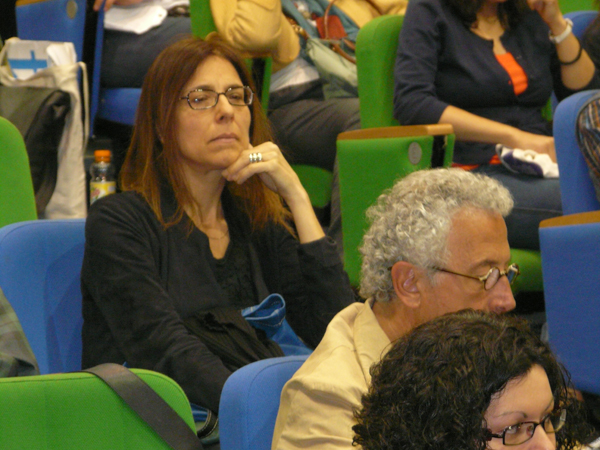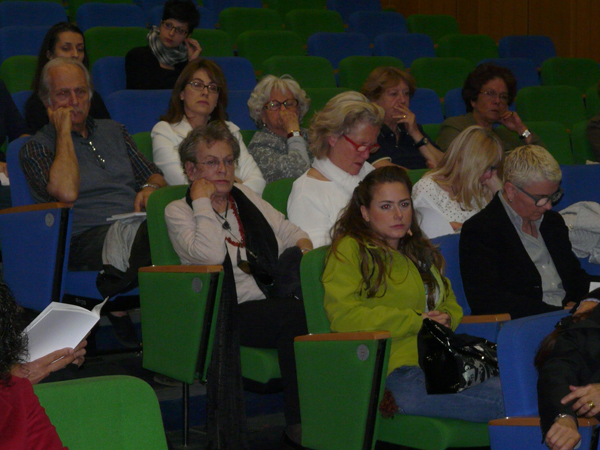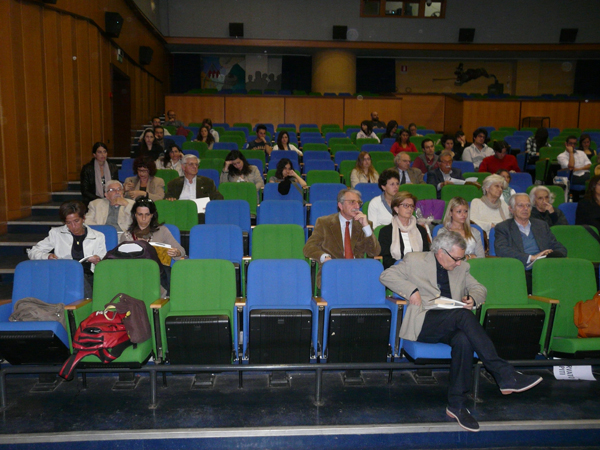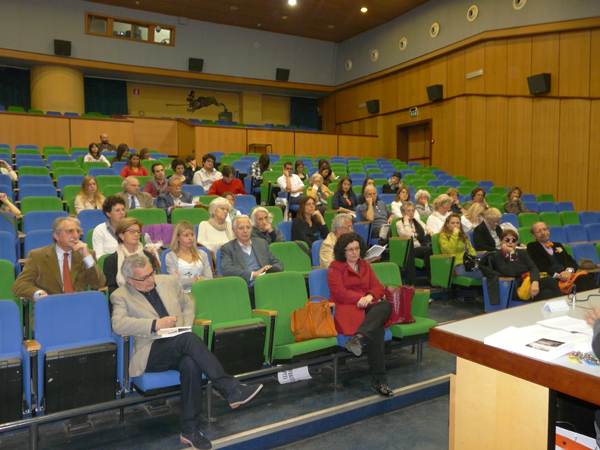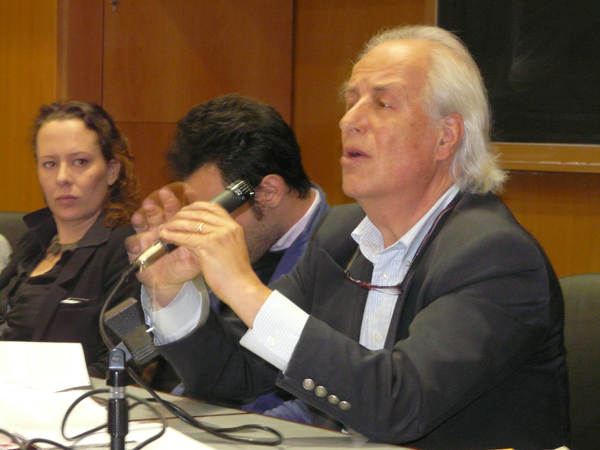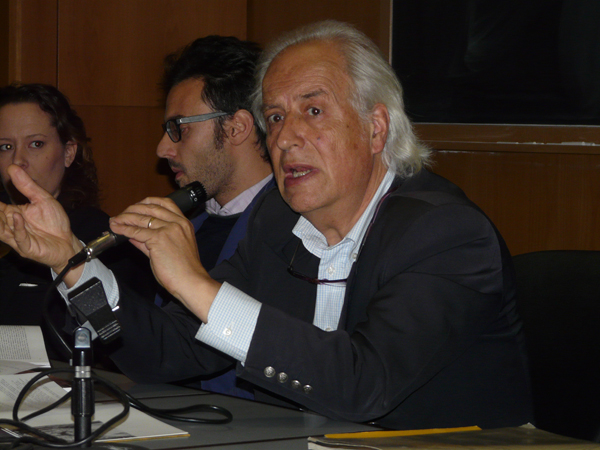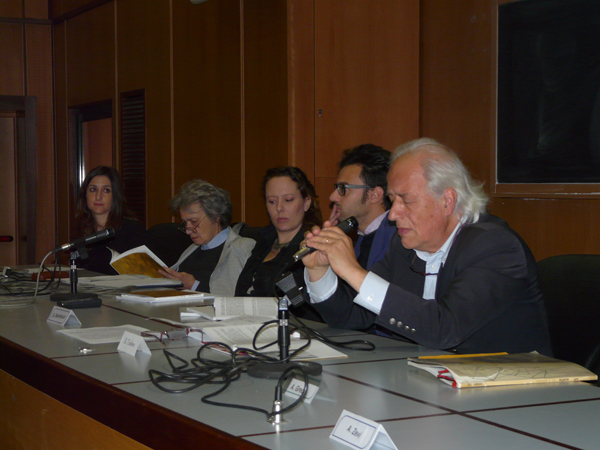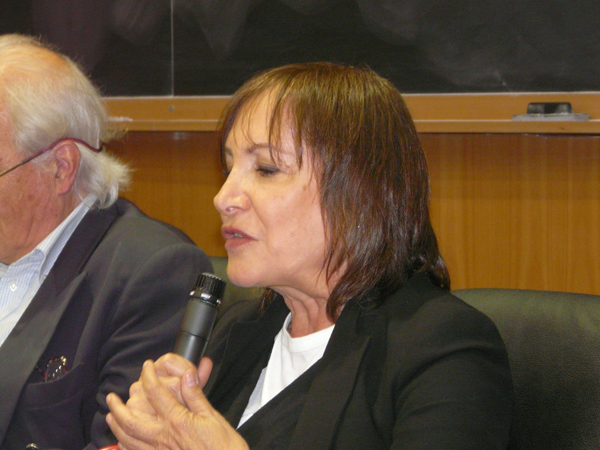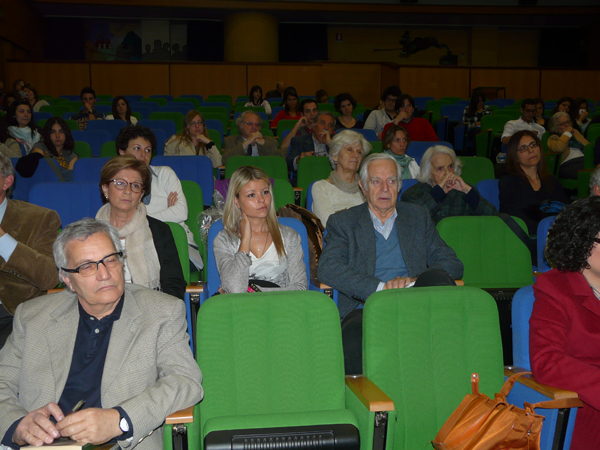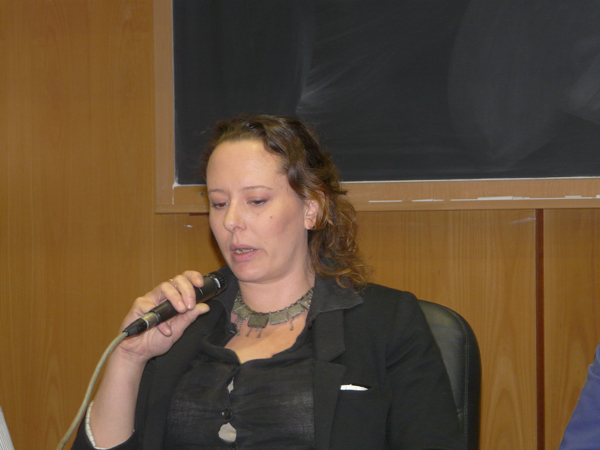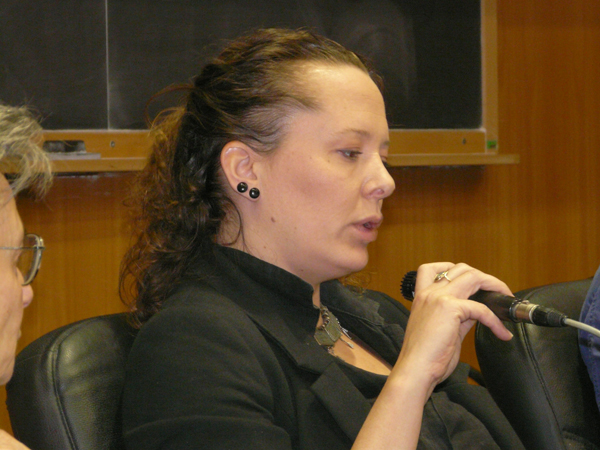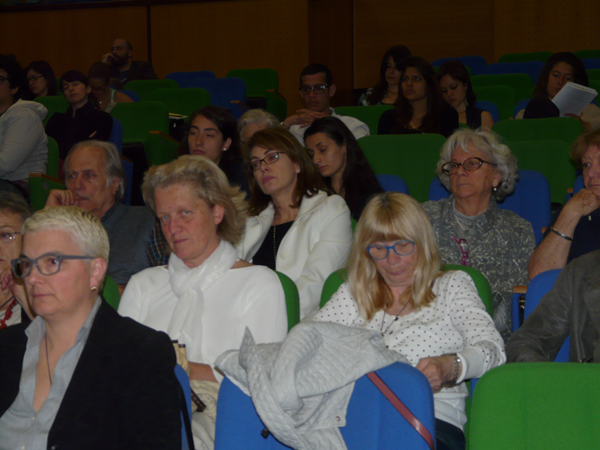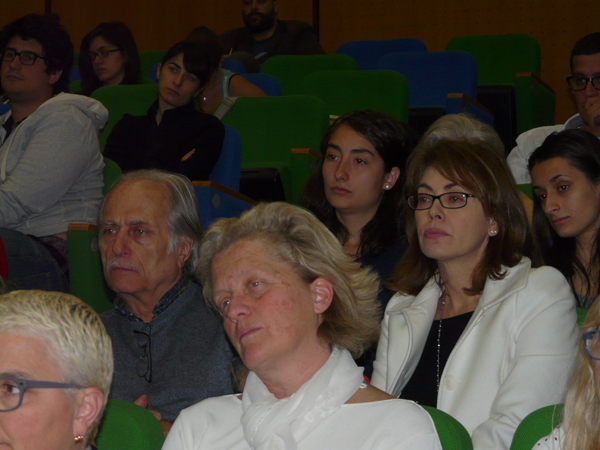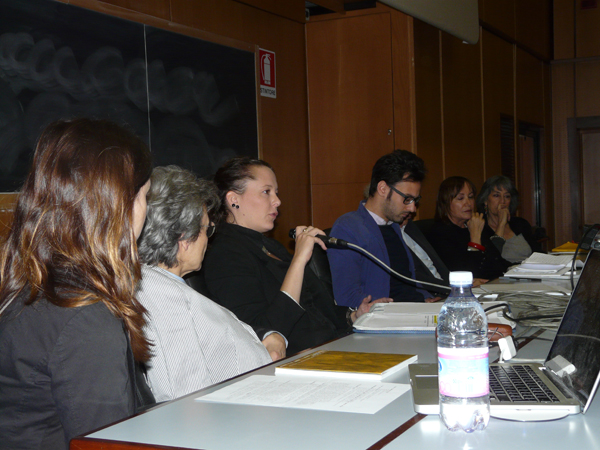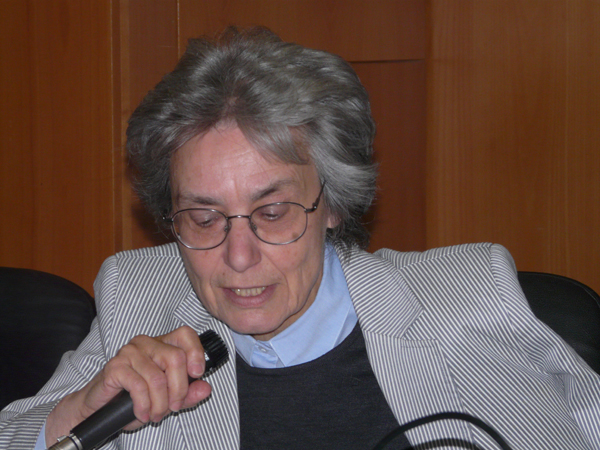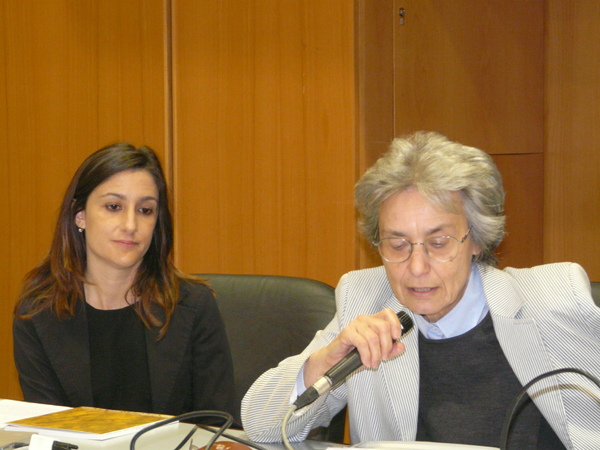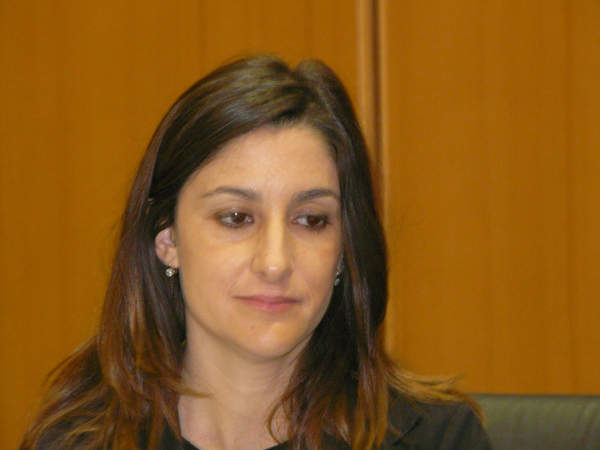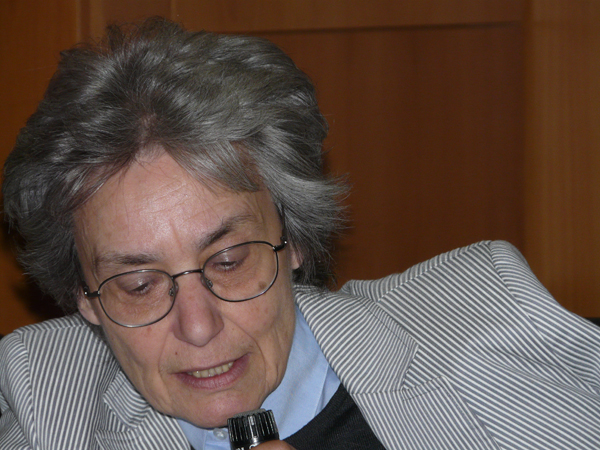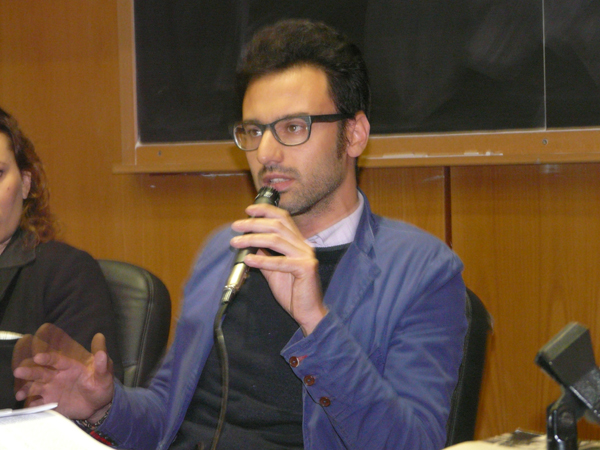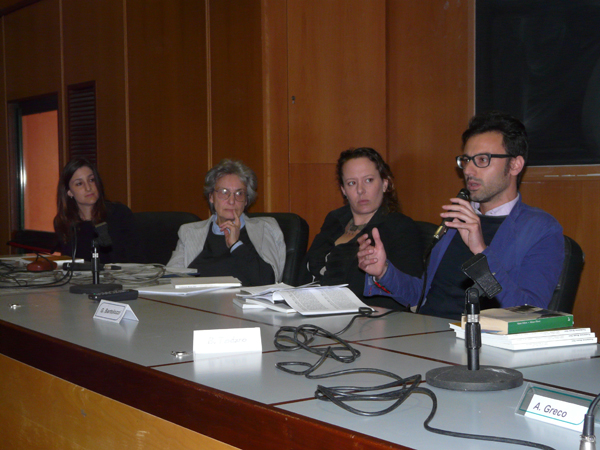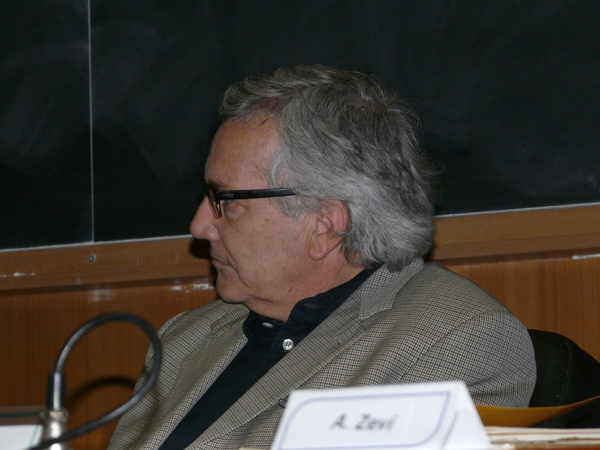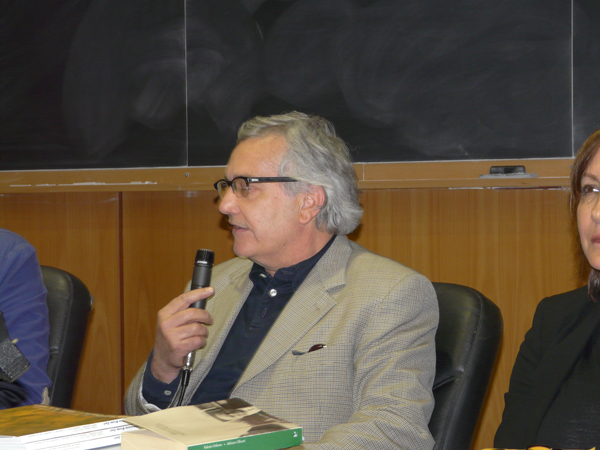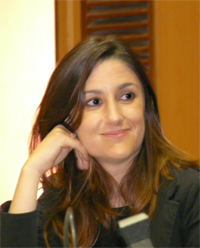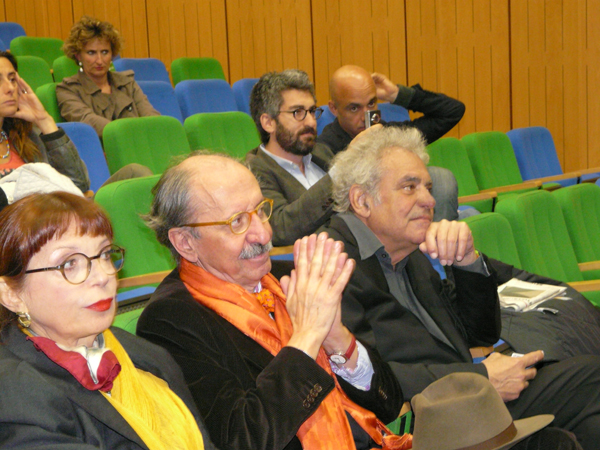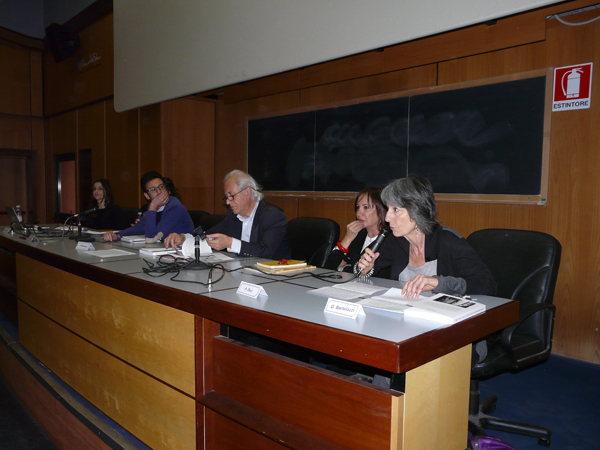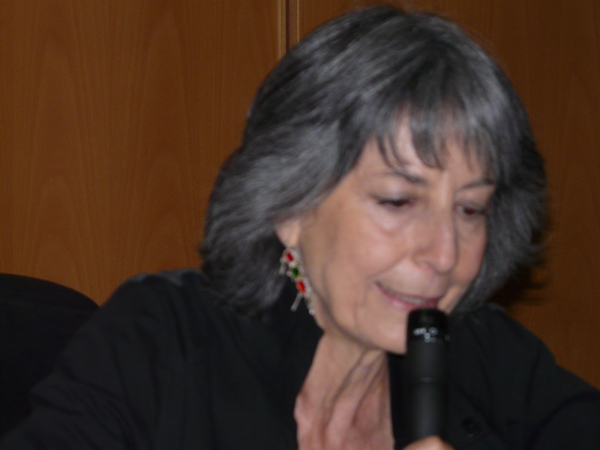Maria Clara Ghia is the winner of 5th Edition Bruno Zevi Prize
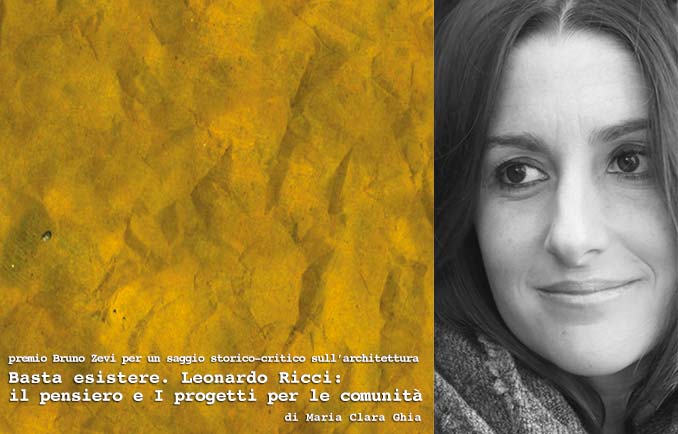
The 2011 Bruno Zevi Prize has been unanimously awarded to Maria Clara Ghia for the essay entitled Basta esistere. Leonardo Ricci: il pensiero e i progetti per le comunità (Existing is Enough. Leonardo Ricci: Ideas and Projects for the Community), judged to be in perfect harmony with the section of the Prize “space as the protagonist of architecture” and appreciated for the valid critical elaboration of its ethic and aesthetic content.
The author begins with the difficult and radical philosophy of Leonardo Ricci, whose intent was to become “anonymous” by abandoning the myths and masters of the twentieth century to make way instead for a flow of design creativity capable of translating the utopia of the imagination into a concrete alternative way of living. Ricci’s idea of communal architecture, organic and integrated with the territory, is thus evaluated as a “practice in (dis)harmony with technique”, as the latter, only when fully mastered by the architect and never accepted as a prevaricator, can become a tool capable of transferring the imagined into a new reality, responsible for, and perhaps even a harbinger of happiness.
Through a direct comparison between ideas and projects, Maria Clara Ghia reveals the meanings of Ricci’s poetic with a penetrating analysis of the communal villages of Agàpe in Prali, Monte degli Ulivi in Riesi – constructed by the architect for the Valdese Pastor Tullio Vinay – or Monterinaldi (Fiesole), concluding with the home Ricci built for himself here. The author highlights above all Ricci’s attempt to return to the very essence of “being in the world” in a direct almost primordial relationship with objects, also in debt to the existentialist movement that he came into contact with during his time in Paris. The result is a re-evaluation of the original materiality of architectural elements, for example the wall of rough stone or hand worked concrete surfaces. Moulded into forms that release a surprising creativity, they are thus tied back to their “original functions”: living together, living naturally, in an active and relaxing space of family life. New humanity, form, space, technique, earth and architecture fused with one another.
Maria Clara Ghia is an architect with a PhD in Architecture and Philosophy.
Specialised in History of Contemporary Architecture and an expert in twentieth century Italian architecture, she teaches Storia dell’architettura contemporanea and Teorie dell’Architettura ed Estetica at the Sapienza University of Rome. She collaborates with architectural publications and was a member of the editorial board of “Controspazio”, also publishing various articles. She currently works with the DiAP, Dipartimento di Architettura e Progetto at the Sapienza University of Rome and conducts research for the Osservatorio sul Moderno in Rome and for the Laboratorio di Teorie e Critica dell’Architettura Contemporanea.
The jury also awarded an honourable mention to the essay Toward Research Practice: Frederick Kiesler’s Design-Correlation Laboratory by Stephen Phillips, the current Residential Postdoctoral Fellow at the Getty Research Institute and Smithsonian American Art Museum. Phillis investigates the methods and teaching of architectural design in an interdisciplinary environment, using intelligent explorations to explain how the laboratory, a space of convergence for historical, theoretical, technical and artistic investigations became, for Kiesler, the new paradigm of design-research.
The Jury:
Alexander Levi
Zeuler Lima
Massimo Locci
Luciana Miotto
Alessandra Muntoni
INVITATION
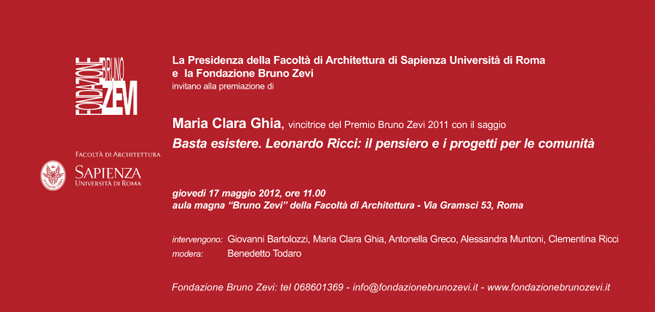

 Italiano
Italiano